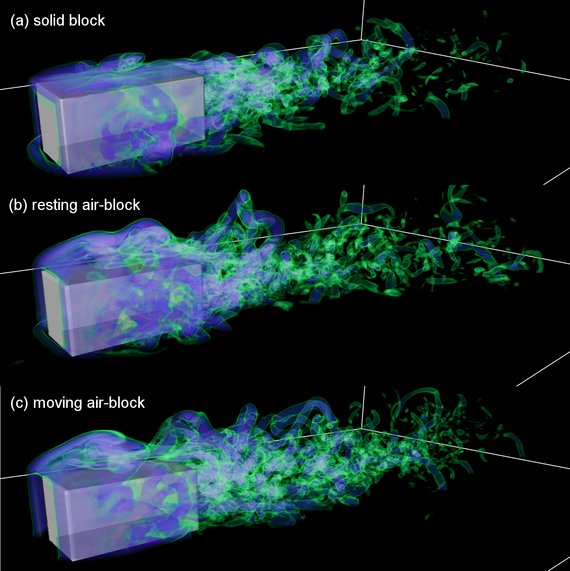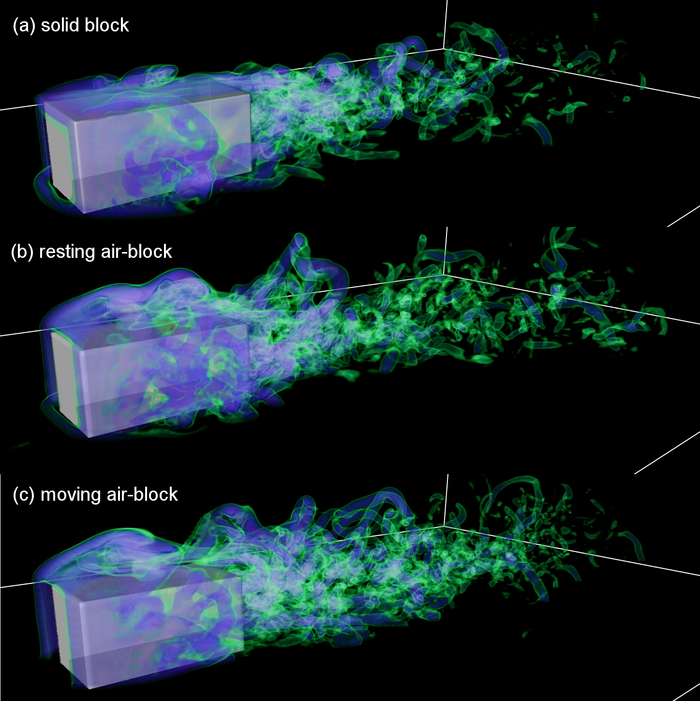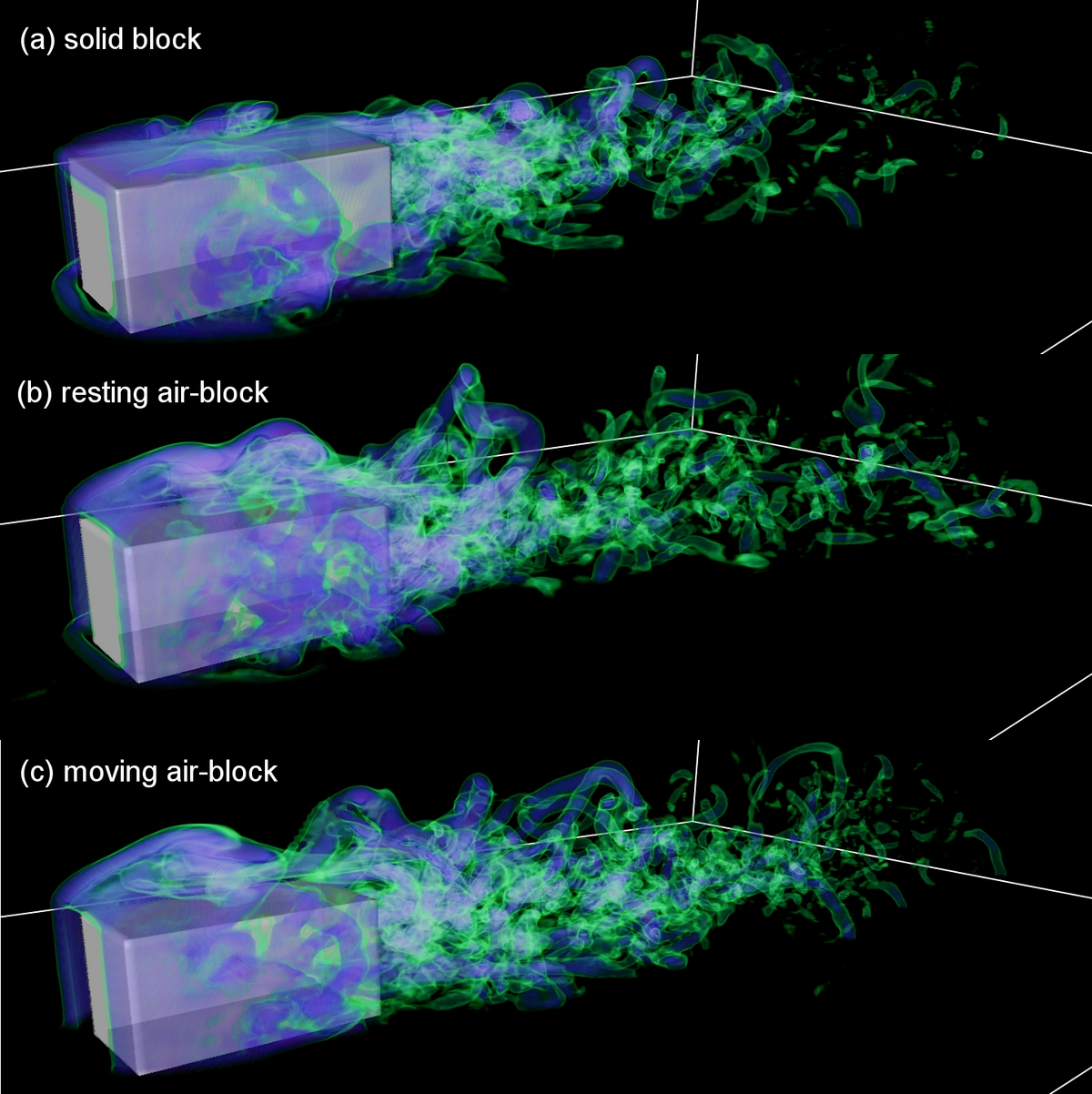Björn Maronga
The main objective of the proposed project is to evaluate the effects of traffic-induced turbulence and exhaust fumes on the turbulent flow and transport of pollutants in urban street canyons by means of high-resolution larg-eddy simulations (LES), taking into account the effects of vegetation and atmospheric stability. Moreover, the project shall provide the means to assess possible problems for the prediction of pollutant concentrations at street level in state-of-the-art urban microscale models that cannot explicitly resolve moving cars.
In the scope of the MOSAIK project, for example, building-resolving LES for selected city quarters in Germany are to be conducted with PALM. Results from these simulations shall be validated within MOSAIK against extensive measurement data that is currently obtained in the framework of [UC]². However, vehicular emissions in PALM are currently treated as line sources at street level, and traffic-induced turbulence is entirely neglected as the explicit incorporation of cars in the model is not feasible and there currently is no suitable parameterization for traffic-induced emissions available that would be compatible to the LES technique.
The project thus aims at acquiring the essential knowledge to develop a new parameterization of traffic-induced emissions that can be incorporated in LES models.
This research project is funded by DFG under grants MA 6383/3-1.





